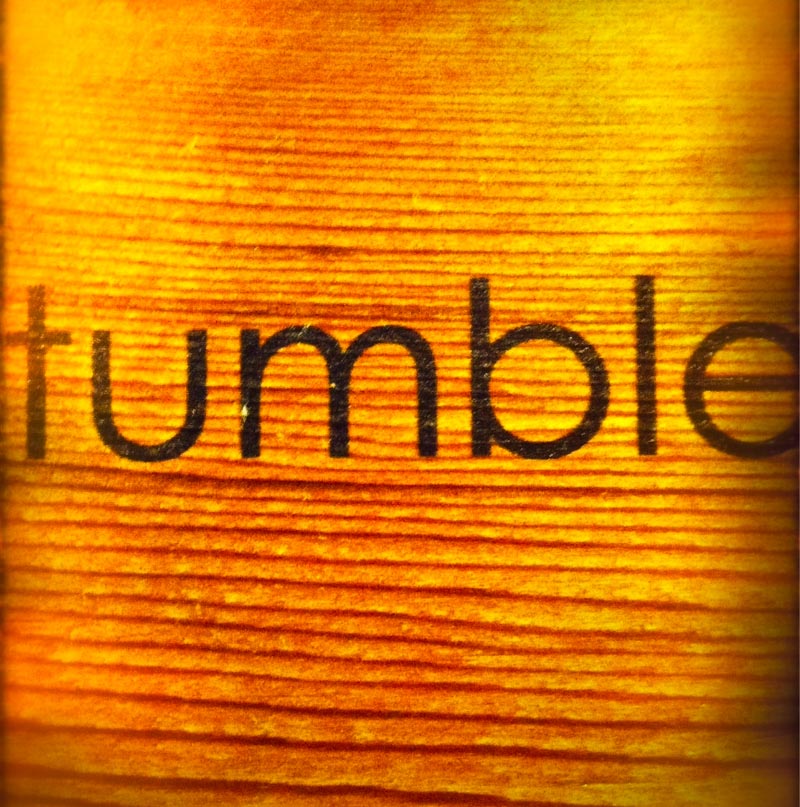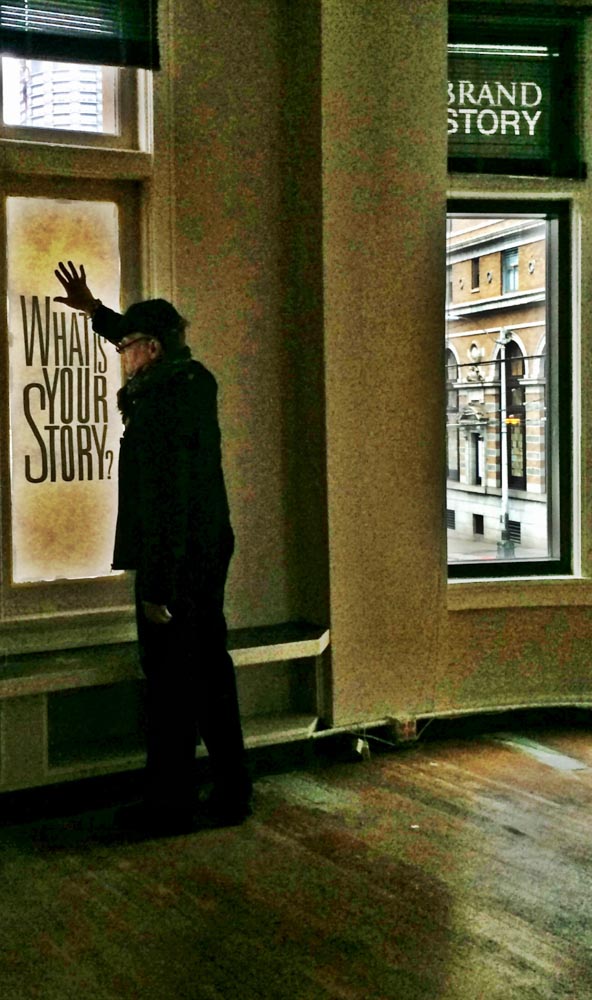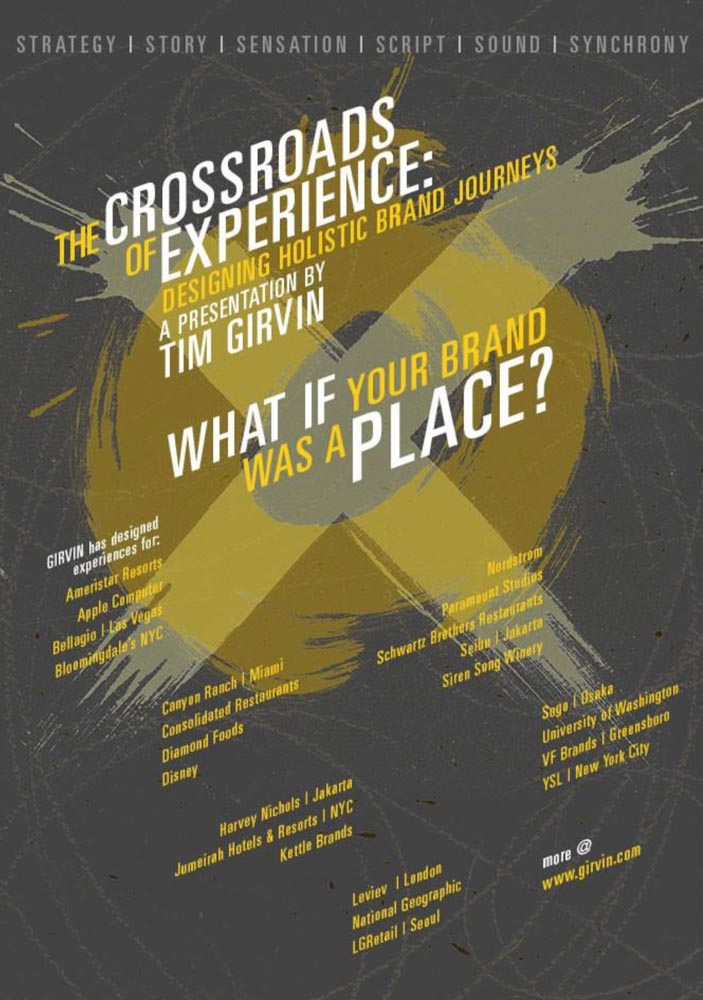
It happens to the best of us—there’s a confident gait, the gallant stride, a bold sprint and then: there’s a stumble.
It rumbles in the background—all the time—the risk of misstep.
Personally, I contemplate my own faltering—and there have been many. Moves that I thought were bold and smart, but somehow I hadn’t thought-through the implications and the complications of my endeavors. Buying for example, a piece of hardware for the firm that was as expensive as a house—it was a dream of fabulous height and scale—and there were some wins that came in the end, but it was a GIRVIN-community-related gamble. And the complexity of this maneuver, the attendant software, the aligned team-related needs and the specificity of its requirements —and output—were gigantic. Still, we made this.

And this—and won more, and more–in that category of business.
But the balance book between the power of the wins and work accomplished, and the cost of the hardware never quite completely equalized. Close. But painful. I sold it to a broadcast design agency that has since disappeared.
You’re wondering—“wait, what was that?”

Hint.

I was thinking about the quest for the right ideas, that come from the tumble of those that try, but fail. Those that stumble, and find. Those that jumble and arrive at the new.
There is tumble, stumble, jumble—and topple.
They’re interrelated, by action.
As I’d mentioned last week, in working with a team of scientists, they’d offered that the ideas come when teams of investigators are continuing rattling and railing at the same challenge—yet, perhaps, they’re coming at that challenge in the same forum, over and over. There’s something right there, but it needs to be pushed over the top.
Then there’s one, or a series of minds, that somehow pop past the challenge or evolve and tinker against the notion of disrupted solution finding to another tier, another plateau of evolution. That evolution becomes something else.
In the patterning of the work that you’re doing, you might find a thread that relates to how you’re moving through the plaited knotwork of being. There are threads—but, like the knots [the complications] of challenge, they will entangle and flip the movements; sights and insights are tumbled. The wrong string, crossed, wire tripped, balancing thread lost — and you [or your team, your enterprise, your brand] are stumbling, tumbled — toppled.
First, it’s right to recognize the red thread of being in the who that you are— pardon the personal allegory—but these questions might be asked in a far bigger way to the nature of brand. That threading is the string of the patterning of what’s important and what will be held by you, your team, others that embrace the challenges that you face and the solutions that you offer.
Every brand is made by a human, for a human—and it comes back to: “what’s the story, how do you tell it, what’s it sound like, who’s it for?” And, most critically—“who cares to listen to it?”

But the journey of the knot-tied, the string laid, the stumble of the tumble, the staggered jumble—there are two things to contemplate.
One:
It’s in the railing towards the solution that the knot work — the tumbling and un-stumbling that will be the making of the next stride — moving into the new day, the new year — it will be about the stumble, the tumble, the surprised jumble. A good start is a tumble.
Two:
In the tumble, there’s something about being turned upside down, jumbled into a new seeing, that allows one to perceive answers in a new way. Every answer is a question turned upside down—it’s a jumble of the query.
Who? What? Where? How? When?

It’s worth mentioning, in the beginning of anything, that the word start comes from an aligned etymology — to “fall.”
(s)Tumble, to the new — 2025.
Let me know how I can help.
wishing well >
Tim
GIRVIN | Strategic Brands
Digital | Built environments by Osean | Theatrical Branding
Technology Branding | Destination Brands
Projects in strategy | story | naming | messaging | print
identity | built environments | packaging
social media | websites | interactive
Let’s
start
again.
Middle English sterten, “leap, jump, cavort, caper,” from Old English *steortian, *stiertan, Kentish variants of styrtan “to leap up” (but the Old English verb is attested only in Northumbrian past participle sturtende), from Proto-Germanic *stert- (source also of Old Frisian sterta, stirta “to fall, tumble,” Middle Dutch sterten, storten, Dutch storten “to rush, fall,” Old High German sturzen, German stürzen “to hurl, throw, plunge”). According to Watkins, the notion is “move briskly, move swiftly,” and the Proto-Germanic word is from PIE root *ster- (1) “stiff.”